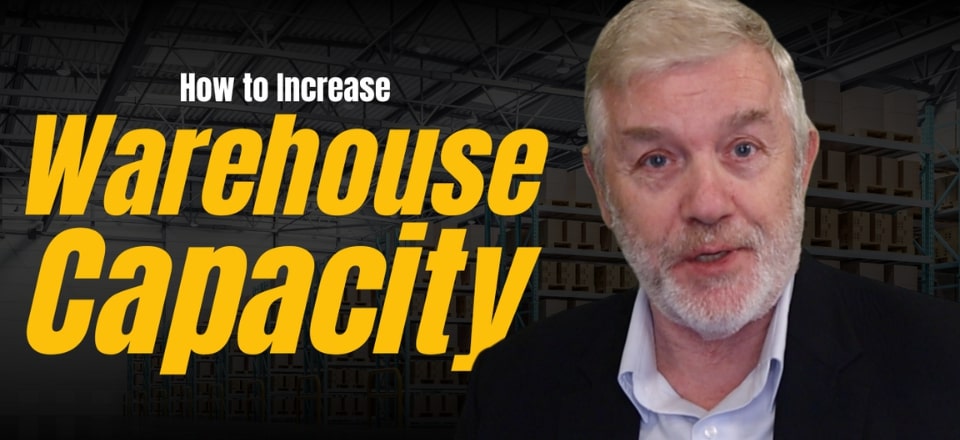Warehouse capacity is something many companies seem to be struggling with lately.
The challenge? Running out of space. To help you avoid moving or constructing a new warehouse, I’ll share some tips that will help you make the most of your current facility through the video below.
Understanding the Warehouse Capacity Struggle
For the last few years, many have faced the issue of warehouse capacity. We’ve been observing this trend at Logistics Bureau, particularly since the onset of recent disruptions, and it has persisted. Many are now considering larger warehouses, or redesigning existing spaces to accommodate more goods. I’ve noticed the same trend as companies retrofit their warehouses to hold more.
This week, I’m going to walk you through a few simple ideas to maximize the space you already have. Whether it’s delaying a move or avoiding one altogether, these small steps can make a big difference in how efficiently you use your existing capacity.
When Is a Warehouse Really Full?
First, let’s address how full a warehouse should be. While you might assume you can fill every available slot, there’s a rule of thumb: 85% of the available capacity is usually considered “full.” Why? You need room for movement and the ability to reshuffle inventory. It’s much like parking – if every spot is taken, it becomes impossible to maneuver.
If you have 10,000 pallet slots, realistically, you should use around 8,500. This rule will vary depending on the type of storage you use. However, it remains a good guideline for maintaining smooth operations.
Slotting for Better Flow
One of the most effective ways to boost efficiency is by adjusting how your inventory is slotted. If your most-picked items are spread out across the warehouse, your staff is wasting time traveling. By moving your fast-moving items closer to the dispatch area, you reduce travel time and can increase productivity significantly. A well-executed slotting strategy can also reduce labor costs by 15-20%.
Explore High-Density Storage
If you’re aiming for even more storage, consider changing how you store items. Narrowing aisles by switching to articulated forklifts can increase storage by up to 30%. Additionally, high-density storage systems like vertical lifts or carousels can create more room without expanding your footprint. For industries handling small parts, such as automotive, these solutions are ideal.
Related articles on this topic have appeared throughout our website, check them out:
- Warehouse Product Slotting: The Ultimate Guide
- KPIs for Your Warehouse: How to Choose and Use Them
- The 7 Principles of Warehouse and Distribution Centre Design
- Warehouse Design – Rules of Thumb… And a Checklist
- Planning a Warehouse Network and Design: Key Factors to Consider
Editor’s Note: The content of this post was originally published on Logistics Bureau’s website dated October 02, 2024, under the title “Warehouse Capacity – How to Increase It and Avoid Moving“.


